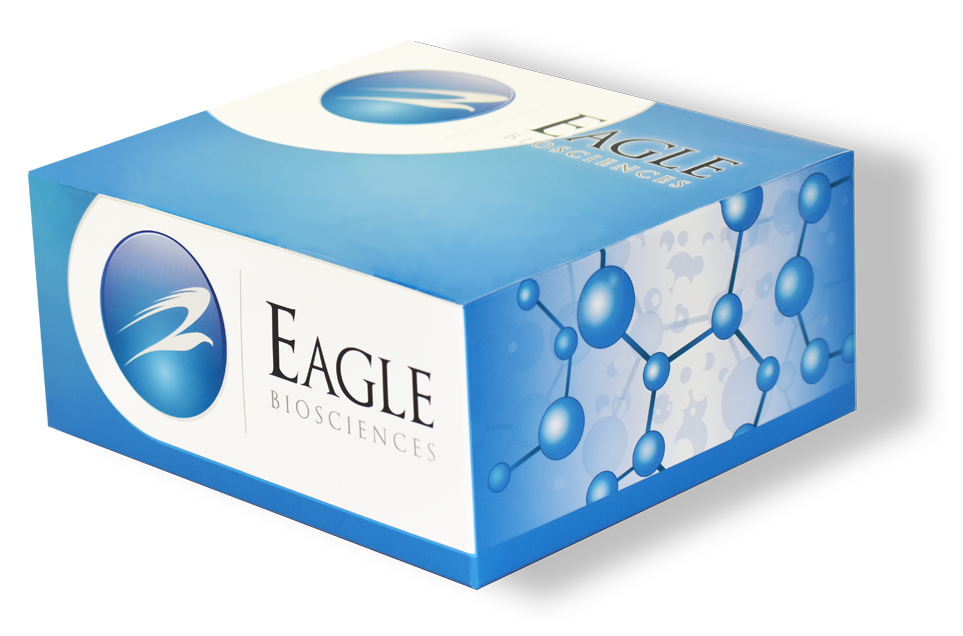Osteopontin (OPN) is a multifunctional glycoprotein expressed in various tissues, including bone, immune cells, and epithelial cells. It plays a central role in bone remodeling by regulating osteoclast activity and mineralization and is also involved in inflammation, immune responses, and tissue repair. In pathological conditions, osteopontin expression is often elevated, contributing to processes such as tumor progression, fibrosis, and chronic inflammatory diseases. Its presence in serum, plasma, and tissue samples makes it a valuable biomarker for monitoring both physiological and disease-related processes in rodents, particularly in preclinical studies.
A rat osteopontin ELISA allows for the sensitive and specific quantification of OPN levels in biological samples, providing a robust tool for research applications. In preclinical studies, this assay is commonly used to investigate bone metabolism, inflammatory responses, and disease models such as cancer, cardiovascular disease, and kidney injury. Changes in osteopontin levels can reflect disease progression, tissue remodeling, or therapeutic efficacy, making it an important endpoint in experimental studies.
While rat osteopontin ELISAs are primarily used in research, their findings can inform translational studies with clinical relevance. Elevated osteopontin has been associated with fibrosis, atherosclerosis, and tumor metastasis in humans, so preclinical models measuring OPN can help identify potential diagnostic or prognostic markers, as well as evaluate novel therapeutic interventions targeting inflammatory or fibrotic pathways. This makes the assay an essential tool in bridging basic research with clinical insights.
This product is manufactured in USA by Eagle Biosciences.
| Size | 1 x 96 Well |
| Sensitivity | 0.02 ng/mL |
| Dynamic Range | 4 ng/mL-0.06 ng/mL |
| Incubation Time | 3 hours 20 minutes |
| Sample Type | Plasma, urine |
| Storage | 2-8°C |
| Alternative Names | SPP1, early T-lymphocyte activation 1 (ETA-1), bone sialoprotein 1 (BSP-1), and uropontin. |

